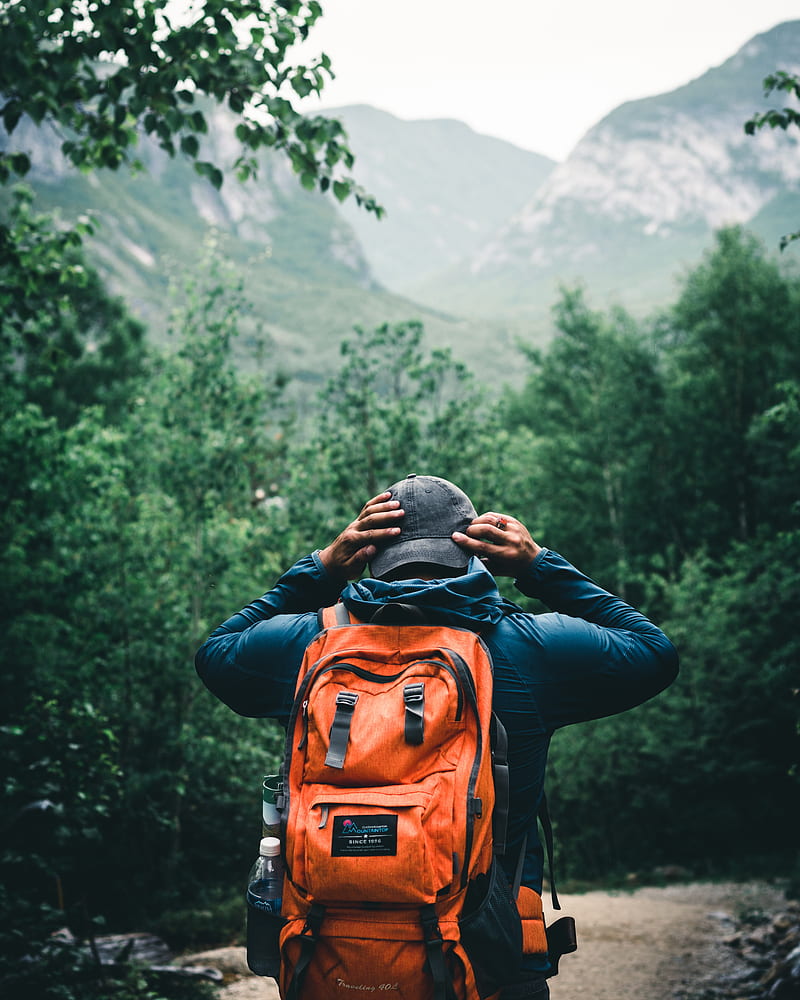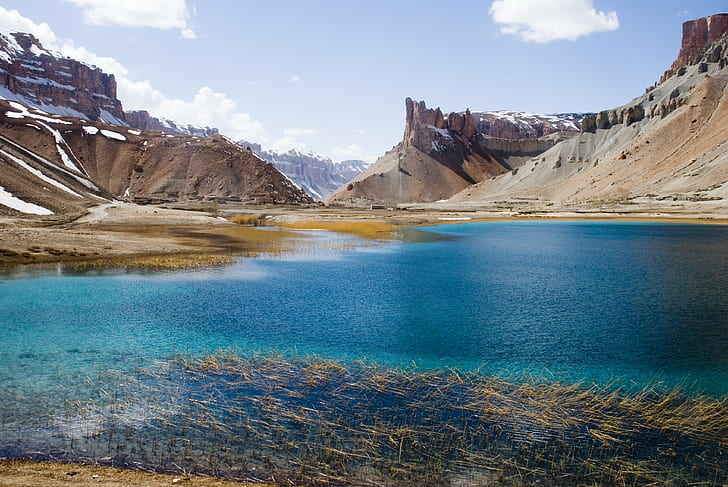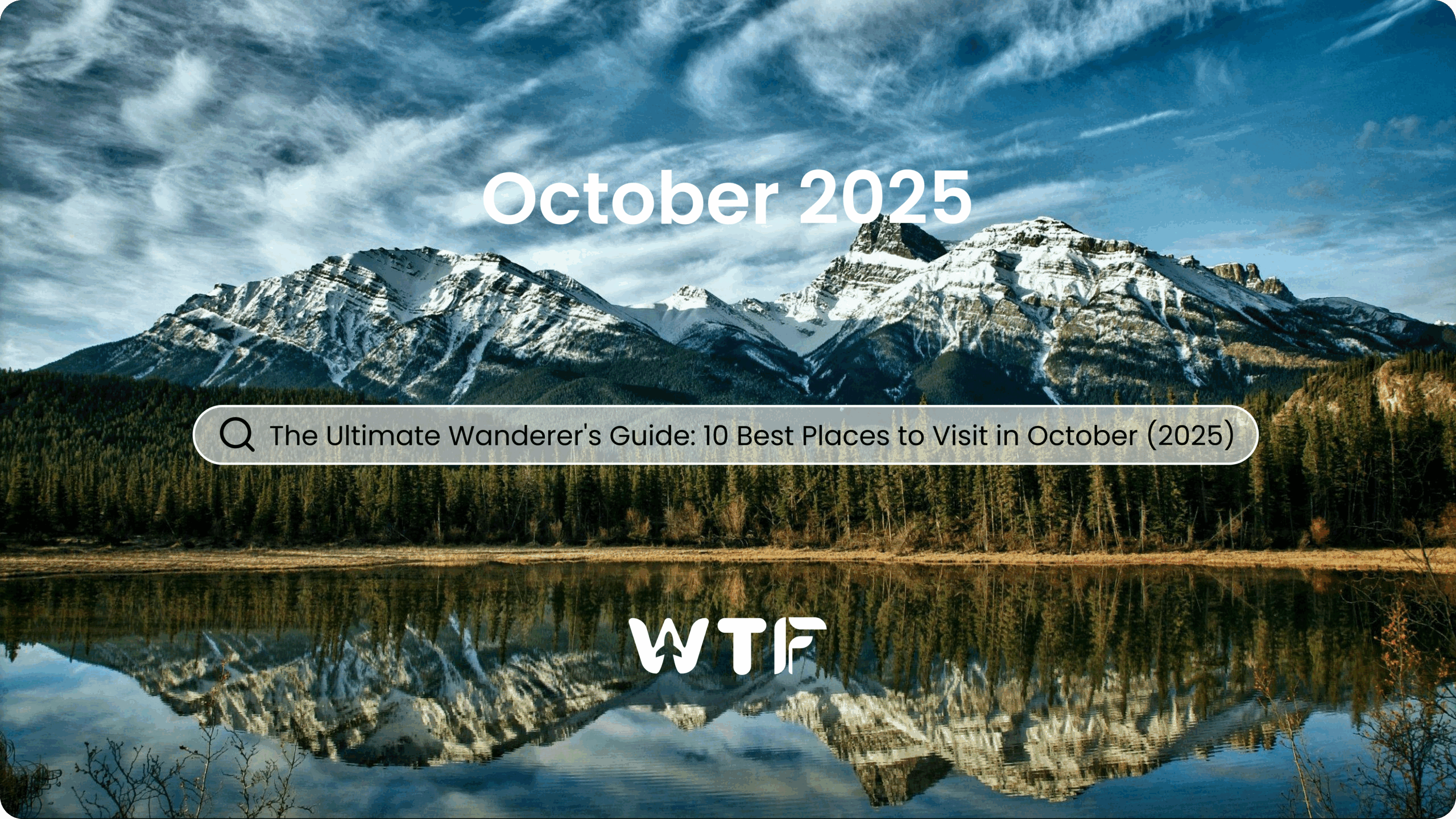Nestled in the heart of South Asia, Afghanistan is a land of mesmerizing landscapes, rich history, and diverse cultures. Often overshadowed by its tumultuous recent past, the country is gradually opening its doors to intrepid travelers seeking an authentic and unique experience. In this blog, we embark on a virtual journey to explore the beauty, history, and warmth that Afghanistan has to offer to the adventurous tourist.
Culture & Influence:
1. Ancient Civilization: Tracing the Footprints of History
Afghanistan boasts a rich tapestry of ancient civilizations that have left an indelible mark on its landscape. Explore the archaeological wonders of the region, from the remnants of the ancient city of Balkh, known as Bactra in antiquity, to the mysterious Greco-Buddhist city of Ai-Khanoum. Discover the ancient trade routes that crisscrossed through Afghanistan, connecting the East and West, and marvel at the enduring legacies of civilizations that once thrived in this crossroads of cultures.
2. Religious Significance: Where Faiths Converge
Afghanistan’s religious significance is profound, with a history deeply intertwined with major world religions. Visit the awe-inspiring Blue Mosque in Mazar-i-Sharif, a testament to the country’s Islamic heritage. Journey to the Bamiyan Valley, once home to the colossal Buddhas, symbols of Afghanistan’s Buddhist past. Witness the coexistence of diverse faiths in places like Kabul, where mosques, synagogues, and churches stand side by side, reflecting the nation’s long-standing tradition of religious tolerance.
3. History and Heritage: A Chronicle of Resilience
Delve into Afghanistan’s history and heritage, where each fortress, mosque, and archaeological site tells a story of resilience and endurance. Explore the ancient city of Herat, with its UNESCO-listed Herat Citadel and the exquisite Friday Mosque, showcasing the country’s architectural prowess. Visit the National Museum of Afghanistan in Kabul to witness a treasure trove of artifacts spanning millennia, offering insights into the nation’s cultural evolution and the challenges it has faced.
4. Modern Significance: A Glimpse into Afghanistan Today
Contrary to its troubled image, modern Afghanistan is a country striving for progress and development. Engage with the vibrant pulse of Kabul, a city in transition, where contemporary art galleries, bustling markets, and innovative start-ups reflect a new era. Explore the Kabul City Center, a symbol of Afghanistan’s modernization efforts, and witness the resilience of the Afghan people as they work towards rebuilding their nation. Engage with local communities to understand the challenges and triumphs of contemporary Afghan life, forging connections beyond headlines.
Exploring the Top 5 Must-Visit Tourist Destinations in Afghanistan
1. Herat: Gateway to the Past
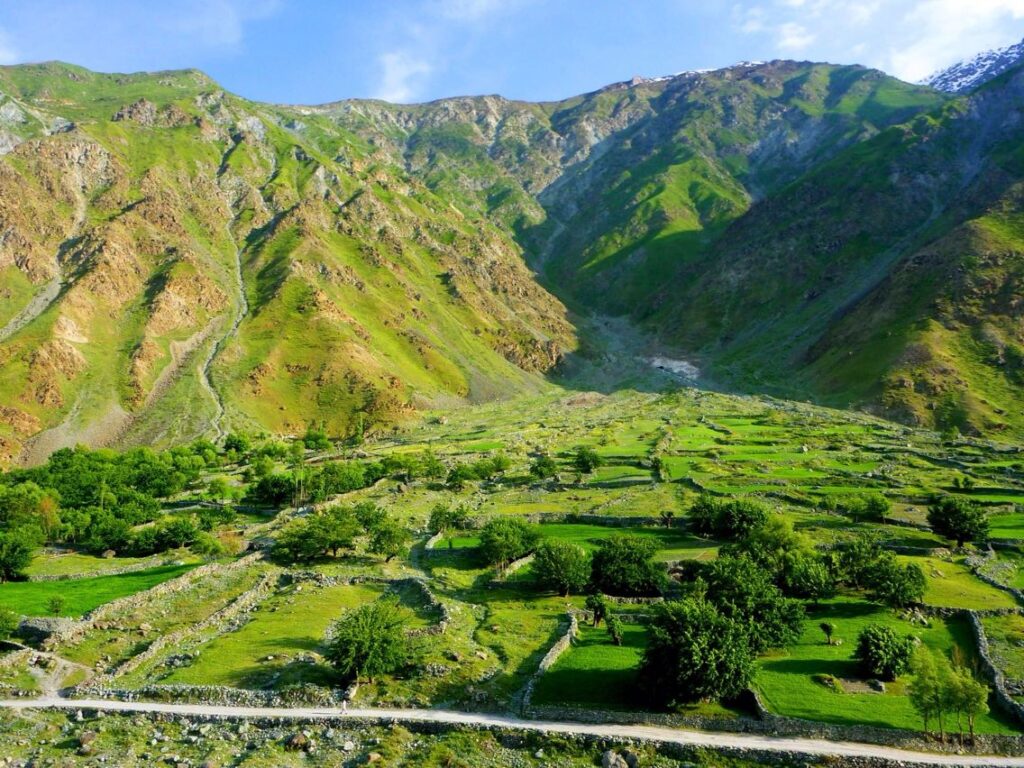
Our journey begins in Herat, a city steeped in history and adorned with architectural marvels. Start your exploration at the Herat Citadel, a symbol of the city’s resilience through the ages. Wander through the bustling streets of the Old City, where you’ll encounter the intricate blue tiles of the Friday Mosque and the vibrant atmosphere of the Herat Bazaar. From Herat, head east towards Kabul, following the ancient trade routes that once connected these two cultural hubs.
Route Map: Herat to Kabul
- Distance: Approximately 750 kilometers
- Travel Time: Around 10 hours by car
2. Kabul: Where History Meets Modernity
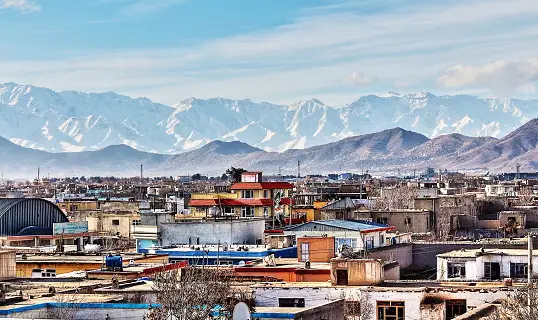
Arriving in the capital city, Kabul, immerse yourself in a blend of history and modernity. Explore the Kabul Museum to witness Afghanistan’s rich archaeological heritage. Stroll through the Babur Gardens, a serene retreat with stunning views of the city. Don’t miss the opportunity to visit the Pul-e Khishti Mosque and experience the vibrant street life in the Shar-e-Naw district.
Route Map: Kabul to Bamiyan
- Distance: Approximately 180 kilometers
- Travel Time: Around 4 hours by car
3. Bamiyan: Echoes of the Past
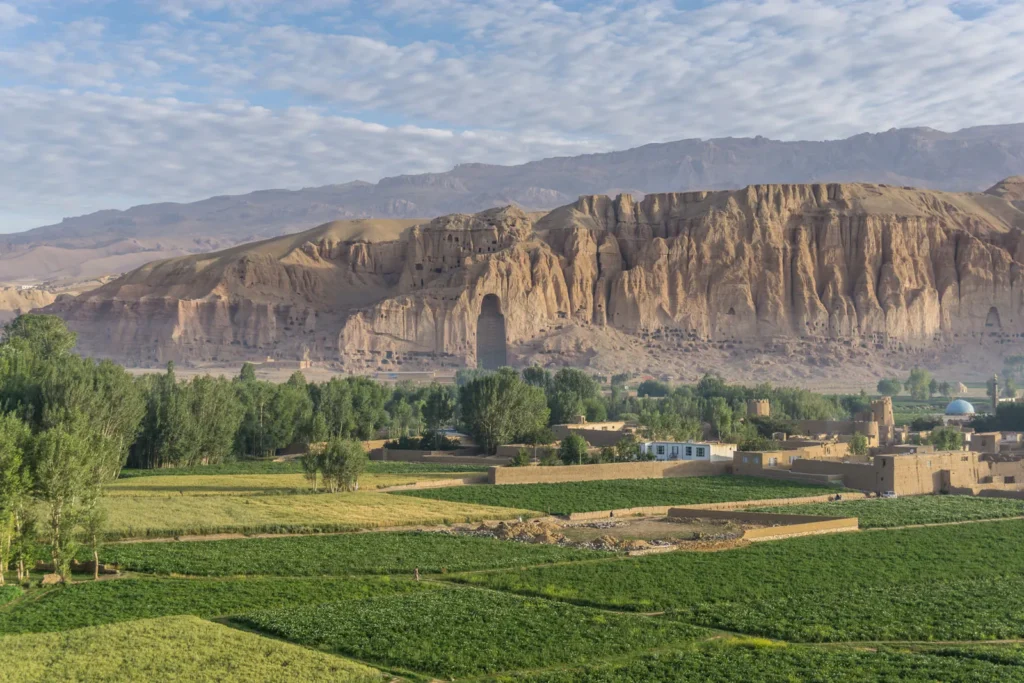
Next on our list is Bamiyan, a valley that once cradled the iconic Buddhas. Although the statues were tragically destroyed, the Buddha niches and the surrounding cliffs offer a hauntingly beautiful landscape. Explore the Bamiyan Museum to delve deeper into the region’s rich cultural history and consider taking a side trip to Band-e Amir National Park for its stunning lakes.
Route Map: Bamiyan to Panjshir Valley
- Distance: Approximately 200 kilometers
- Travel Time: Around 5 hours by car
4. Panjshir Valley: Nature’s Paradise
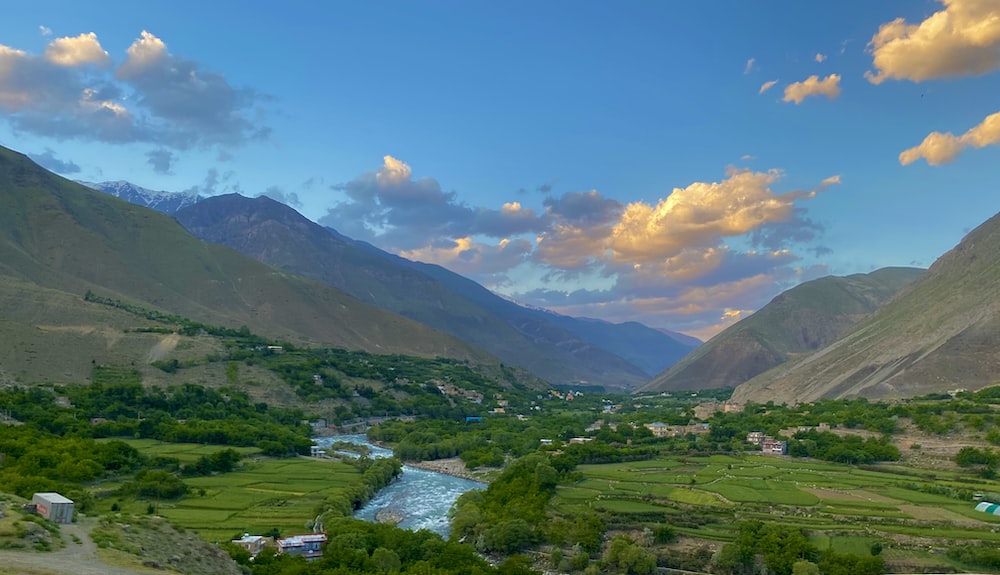
Nature enthusiasts will find solace in the Panjshir Valley, surrounded by towering mountains and verdant landscapes. Enjoy hiking and trekking, and visit local villages to experience Afghan hospitality. As you leave Panjshir, make your way northeast towards the Wakhan Corridor, a remote and mystical region at the crossroads of Central Asia.
Route Map: Panjshir Valley to Wakhan Corridor
- Distance: Approximately 400 kilometers
- Travel Time: Around 8 hours by car
5. Wakhan Corridor: Roof of the World
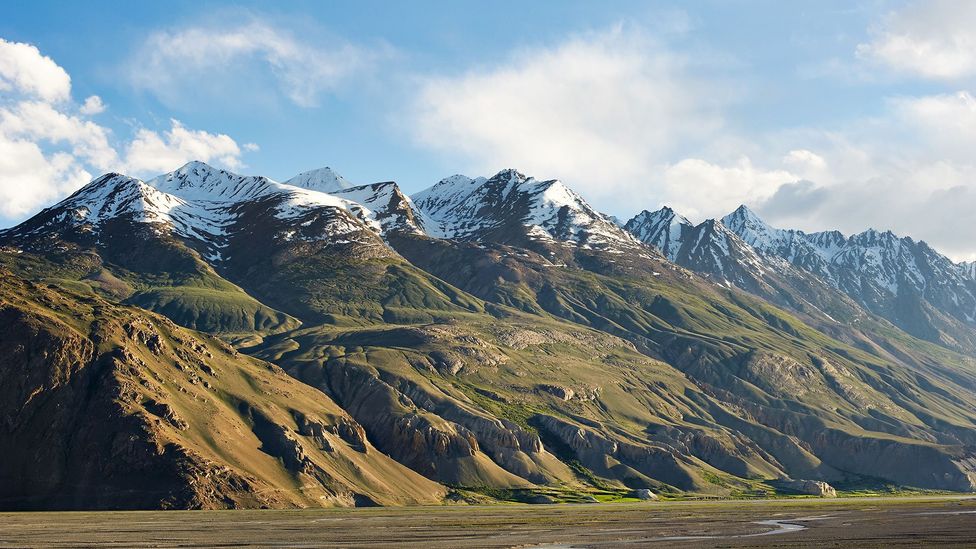
Our final destination is the Wakhan Corridor, a region that offers a unique blend of cultural heritage and awe-inspiring landscapes. Visit the Yamchun Fort, soak in the hot springs of Bibi Fatima, and witness the traditional way of life in this remote part of Afghanistan. Conclude your journey by retracing your steps back to Kabul, marveling at the diverse tapestry of landscapes that Afghanistan has to offer.
Route Map: Wakhan Corridor to Kabul
- Distance: Approximately 700 kilometers
- Travel Time: Around 12 hours by car
Exploring Afghanistan’s Hidden Treasures: 3 Unexplored Gems
1. Golestan Valley: A Botanical Paradise
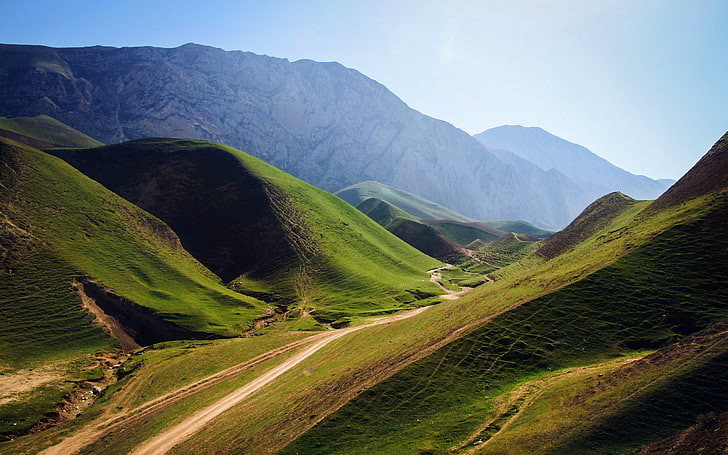
Speciality: Nestled in the northeastern province of Badakhshan, Golestan Valley is a hidden gem renowned for its diverse flora and fauna. The valley is home to a plethora of plant species, making it a botanical paradise for nature enthusiasts.
Travel Route: Commence your journey in Kabul and travel northeast to Faizabad, the capital of Badakhshan province. From Faizabad, head further northeast to reach Golestan Valley.
Transportation Options and Prices:
- Bus from Kabul to Faizabad: $30-$40
- Shared taxi from Faizabad to Golestan Valley: $20-$30
2. Bost Castle: Ancient Stronghold Along the Helmand River
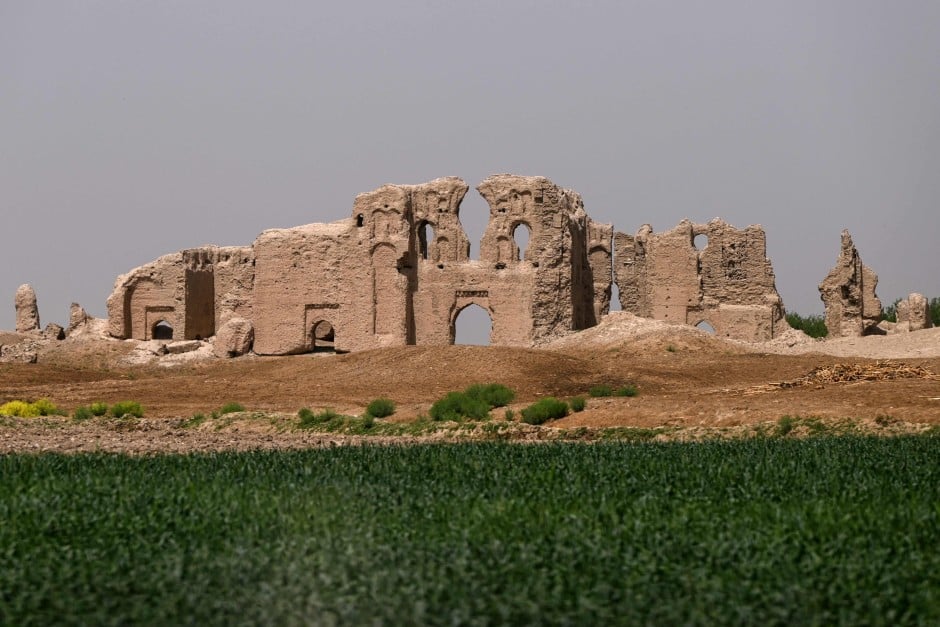
Speciality: Located near the Helmand River in the southern province of Helmand, Bost Castle is an ancient fortress dating back to the Sassanian period. Its historical significance and architectural charm make it a hidden treasure for history enthusiasts.
Travel Route: Begin your journey in Kabul and head southwest to Lashkar Gah. From Lashkar Gah, take a short trip eastward to reach Bost Castle along the Helmand River.
Transportation Options and Prices:
- Bus from Kabul to Lashkar Gah: $20-$30
- Local transportation from Lashkar Gah to Bost Castle: $10-$15
3. Band-e Panir: Remote Alpine Lake in the Hindu Kush
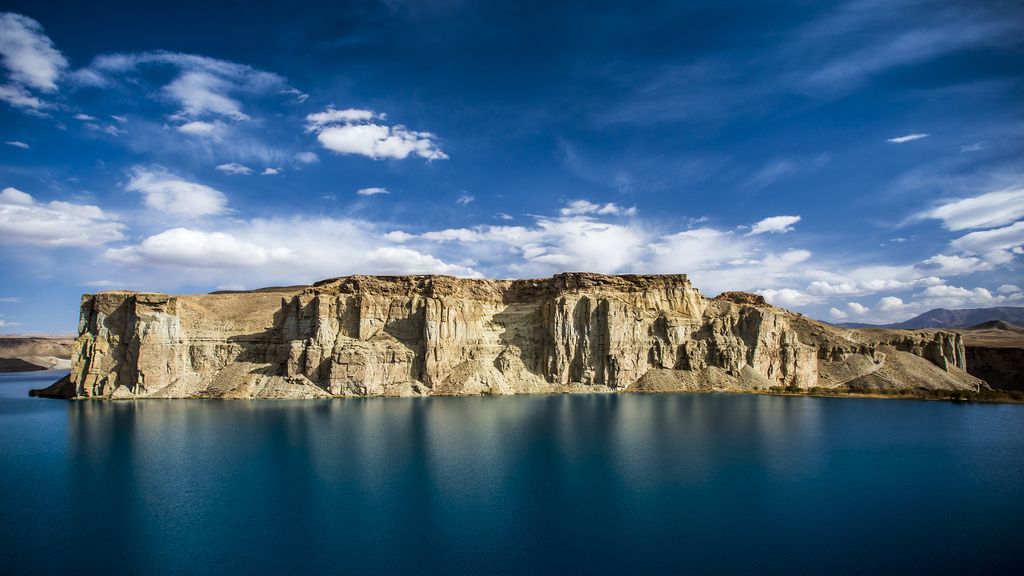
Speciality: Tucked away in the central highlands of the Hindu Kush mountains, Band-e Panir is a serene alpine lake surrounded by snow-capped peaks. This remote destination offers breathtaking natural beauty and tranquility.
Travel Route: Start your journey in Kabul and travel west to Bamyan. From Bamyan, head north into the central highlands to reach the secluded Band-e Panir.
Transportation Options and Prices:
- Bus from Kabul to Bamyan: $25-$30
- Shared taxi from Bamyan to the trailhead near Band-e Panir: $20-$25
Currency & Travel Tips
Currency: The official currency of Afghanistan is the Afghan Afghani, and its symbol is “؋” or “Af”. It’s advisable to exchange your currency to Afghan Afghani upon arrival in major cities or at authorized currency exchange offices.
Travel Tips:
1. Budget Accommodations:
- Consider staying in guesthouses, hostels, or budget hotels in major cities like Kabul, Herat, or Mazar-i-Sharif. Some popular budget accommodation options include Ariana Guesthouse (Kabul) and Marco Polo Guesthouse (Herat).
- In smaller towns, you may find affordable guesthouses or locally-run accommodations. Prices can vary, but budget options are generally available.
2. Public Transport:
- Public buses are a common mode of transportation between major cities. Prices vary but are generally affordable, ranging from $5 to $20, depending on the distance.
- Shared taxis are prevalent and are often the most convenient way to travel within cities or to nearby destinations. Negotiate prices before boarding, and expect to pay around $1 to $5 for shorter distances within cities.
3. Local SIM Provider:
- Afghan Wireless and Roshan are two major telecom providers in Afghanistan.
- Purchase a local SIM card for better connectivity. Prices for a SIM card are around $1-$2, and data packages can range from $2 to $10, offering sufficient data for a tourist’s stay.
4. Basic Words in Local Language:
- Hello: Salaam
- Thank you: Tashakur
- Yes: Haan
- No: Na
- Goodbye: Khuda Hafiz
- Excuse me: Bebakhshid
- Please: Lotfan
- How much?: Chander?
5. Local Cuisine:
- Kabuli Pulao: A rice dish with lamb, raisins, and carrots, often considered Afghanistan’s national dish.
- Mantu: Dumplings filled with spiced meat and served with yogurt and a tomato-based sauce.
- Ashak: Stuffed pasta topped with a tomato-based sauce, yogurt, and dried mint.
- Kebabs: Various types of grilled meat, usually served with naan (flatbread).
- Bolani: Thin, flatbread filled with potatoes, spinach, or lentils.
Additional Tips:
- Dress modestly, especially in more conservative areas.
- Respect local customs and traditions.
- Be cautious with photography; ask for permission before taking photos of people.
- Stay updated on travel advisories and security situations.
- Carry cash, as credit card acceptance may be limited.
More details to know about
1. Best Festivals to Attend:
- Nowruz (New Year): Celebrated in March, Nowruz marks the Afghan New Year. Experience vibrant street celebrations, traditional dances, and the Haft-Seen table, adorned with symbolic items representing renewal.
- Eid-al-Fitr and Eid-al-Adha: These Islamic festivals are marked by communal prayers, feasting, and acts of charity. Join locals in their joyous celebrations, where streets come alive with colorful attire and delicious treats.
- Afghan Independence Day: Celebrated on August 19th, this day commemorates Afghanistan’s independence from British influence. Festivities include parades, cultural events, and patriotic displays.
- Jeshyn Festival: Held in Herat, this cultural festival showcases traditional music, dance, and poetry, providing a unique insight into Afghanistan’s rich cultural heritage.
2. Specialties:
- Afghan Carpets: Renowned globally for their intricate designs and craftsmanship, Afghan carpets are a symbol of the country’s artistic heritage. Visit local markets to witness the weaving process and acquire a piece of Afghan artistry.
- Kandahari Pomegranates: Known for their sweet and tangy flavor, Kandahari pomegranates are a local specialty. Indulge in this delicious fruit, which is often used in various Afghan dishes and drinks.
- Afghan Saffron: Afghanistan produces high-quality saffron, prized for its rich color and aroma. Purchase saffron as a unique culinary souvenir and support local farmers.
- Lapis Lazuli: The Badakhshan province is famed for its deposits of lapis lazuli, a deep blue gemstone. Explore local markets for exquisite jewelry and artifacts made from this precious stone.
3. People:
- Hospitality: Afghans are known for their warm hospitality. Expect to be welcomed with open arms, offered tea, and invited to share meals with local families.
- Resilience: Despite facing decades of conflict, the Afghan people exhibit remarkable resilience. Engage in conversations, listen to their stories, and gain insight into the strength of the human spirit.
- Diversity: Afghanistan is home to a diverse array of ethnicities, languages, and traditions. Embrace the opportunity to interact with Pashtuns, Tajiks, Hazaras, Uzbeks, and others, each contributing to the rich mosaic of Afghan culture.
4. Travel Safety:
- Stay Informed: Keep abreast of travel advisories and security updates from reputable sources before and during your trip. Conditions may vary in different regions.
- Local Guidance: Enlist the assistance of local guides who are familiar with the area. They can provide valuable insights and help navigate potentially sensitive situations.
- Respect Local Customs: Dress modestly, especially in more conservative areas. Be mindful of cultural norms and seek permission before taking photographs, particularly in rural communities.
- Travel Insurance: Ensure you have comprehensive travel insurance that covers medical emergencies and evacuation. Check with your insurance provider to confirm coverage in Afghanistan.
- Secure Transportation: Arrange secure transportation, especially for travel between cities. Consider hiring reputable local drivers who are familiar with the routes.
Wanderer’s Word: Embarking on an Unforgettable Afghan Odyssey
As you contemplate your own Afghan odyssey, remember that this nation invites you to see beyond the headlines, to witness its resilience, and to become part of a narrative that celebrates life, diversity, and the enduring spirit of a land often misunderstood. Afghanistan, with its hidden wonders, awaits those who seek a journey off the beaten path. In the end, the true allure lies not just in the places you visit but in the stories you uncover and the connections you forge with a nation that has much to offer to the discerning traveler.
“سفر کنید تا تازهترین خاطرات خود را بسازید.”
"Travel to create your freshest memories"

